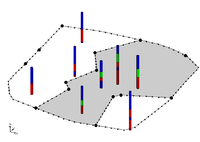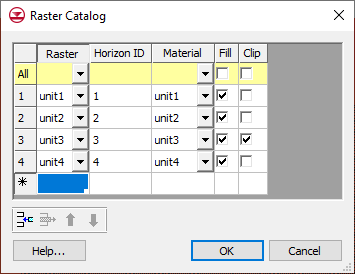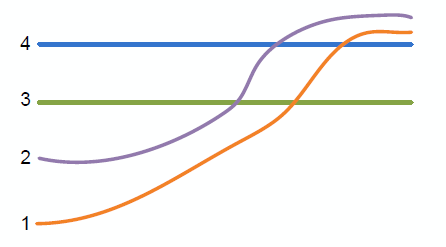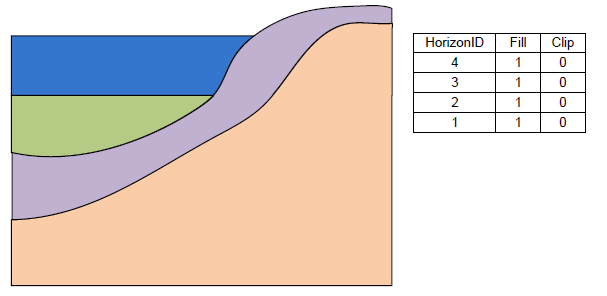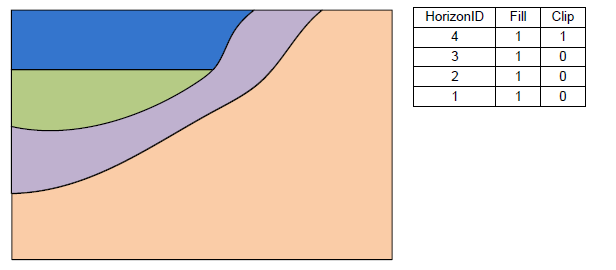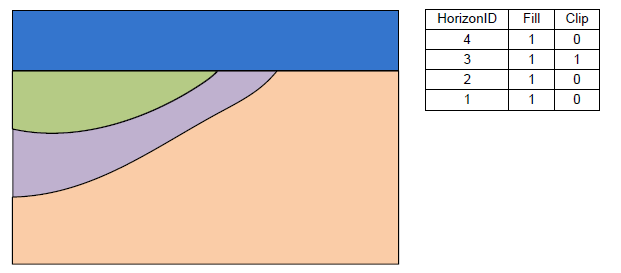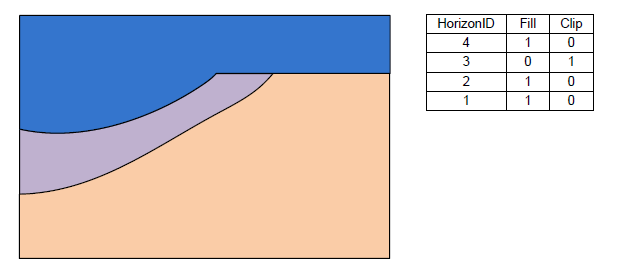GMS:Raster Catalog: Difference between revisions
From XMS Wiki
Jump to navigationJump to search
No edit summary |
|||
| Line 13: | Line 13: | ||
Raster catalogs are used to create solids using the Horizons → Solids method. Each raster represents the top of a horizon. The figure below shows a sample raster catalog. | Raster catalogs are used to create solids using the Horizons → Solids method. Each raster represents the top of a horizon. The figure below shows a sample raster catalog. | ||
[[Image:raster_catalog_table.png|Example raster catalog.]] | [[Image:raster_catalog_table.png|thumb|none|400 px|Example raster catalog.]] | ||
In the first column of the table the user selects the raster. Then the user can enter a Horizon ID and the associated material. There are two additional fields: Fill and Clip. If the Fill field is turned on then the raster will be used in the interpolation process for the associated horizon. If the Clip field is turned on then any horizon surface with a horizon id less than the associated horizon id will be clipped to this surface. The following images show examples of the effect of the Clip field. | In the first column of the table the user selects the raster. Then the user can enter a Horizon ID and the associated material. There are two additional fields: Fill and Clip. If the Fill field is turned on then the raster will be used in the interpolation process for the associated horizon. If the Clip field is turned on then any horizon surface with a horizon id less than the associated horizon id will be clipped to this surface. The following images show examples of the effect of the Clip field. | ||
